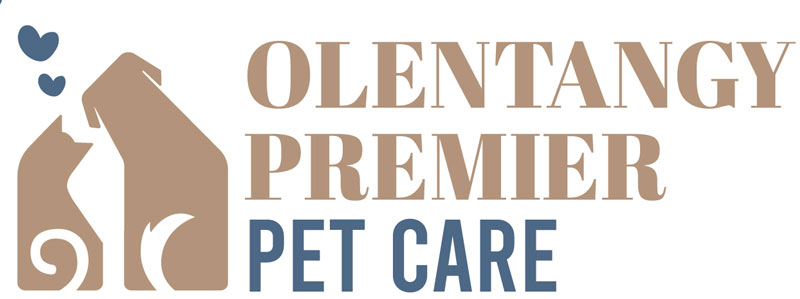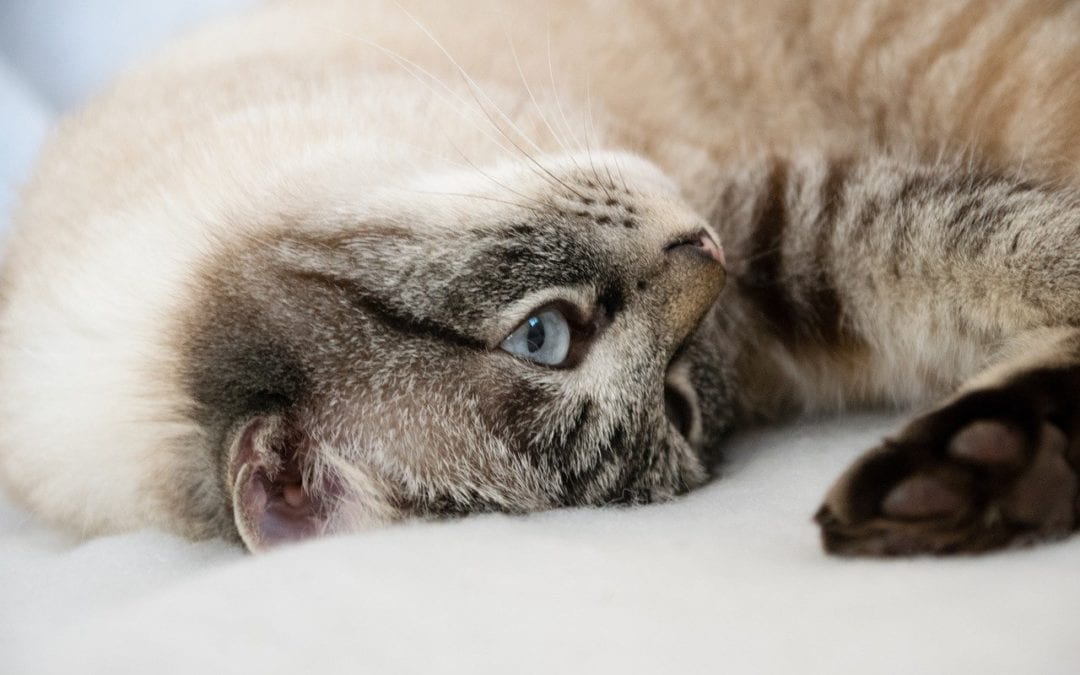As a pet parent, the thought of putting your pet under anesthesia may be worrisome. In order to keep your pet safe, our entire team here at Olentangy Premier Pet Care is dedicated to your furry friend’s health and safety! To ensure that their anesthetic procedure is as safe as possible, we use a variety of monitoring devices.
The most common anesthetic monitoring devices include:
- Pulse oximeter — A pulse oximeter probe tells us your pet’s pulse rate, and detects the oxygen percentage in their blood.
- Blood pressure cuff — Oscillometric blood pressure monitoring is the easiest method of measuring systolic, diastolic, and mean arterial blood pressure. The ultrasonic Doppler and arterial catheter methods are also used.
- Electrocardiograph — Electrocardiography (ECG) uses three leads that attach to your pet’s skin to obtain quick, real-time information about heart rate and rhythm. An ECG provides information regarding the heart’s electrical activity, and can detect arrhythmias that indicate cardiac problems.
- Trained veterinary technician — A licensed veterinary technician (LVT) is the most important monitoring device. They are the eyes, ears, and hands, closely monitoring your pet to ensure they remain pain-free, comfortable, and safe during anesthesia and throughout recovery. An LVT has completed college courses that focus on anesthetic monitoring and potential complications, and they will closely monitor your pet for any issues, and leap into action if necessary. No piece of equipment can replace an experienced, highly skilled veterinary technician.
Each pet undergoing an anesthetic procedure receives our careful, undivided attention, as we closely watch their monitoring devices. If you are worried about putting your pet under anesthesia for a surgical procedure, please contact us with any questions or concerns you may have.


